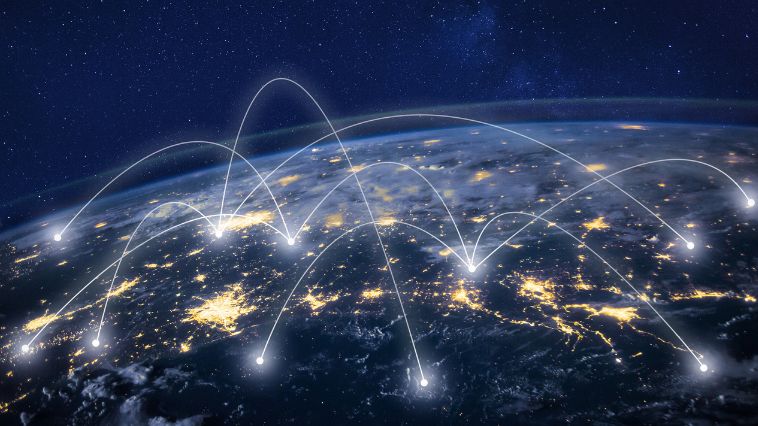Technology advances are frequently heralded as the next big thing, but it can be challenging to comprehend how they will actually affect our daily lives. We shall look at some of these new technologies’ actual uses in this essay, as well as their advantages and drawbacks.
Artificial intelligence (AI), which describes the ability of machines to carry out tasks that traditionally require human intelligence, is one well-known technology. Healthcare, finance, manufacturing, and customer service are currently using AI. Increased effectiveness, precision, and personalization are advantages of AI. However, AI also presents problems including discrimination, privacy issues, and possible employment displacement.
Supply chain management, identity verification, voting, and banking all use blockchain, a distributed digital ledger that securely and openly records transactions. While scaling, adoption, and regulation are some of blockchain’s difficulties, it also has advantages including transparency, security, and efficiency.
The network of physical items outfitted with sensors, software, connection, and other elements that allow data exchange is known as the Internet of Things (IoT). Smart homes, healthcare, agriculture, and transportation all use IoT devices. Efficiency, data collection, and cost savings are some of the advantages of IoT; nevertheless, security, interoperability, and privacy issues are some of its drawbacks.
Users can perceive digital information in a way that is more realistic thanks to immersive technologies like virtual reality (VR) and augmented reality (AR). These technologies are used in production, retail, education, and gaming. Engagement, training, and personalization are perks of VR and AR.
While there are advantages to new technology, there are also issues that need to be resolved, such as security, privacy, legislation, and employment displacement. To the fullest extent possible, these technologies must be understood in terms of their real-world uses and difficulties.



